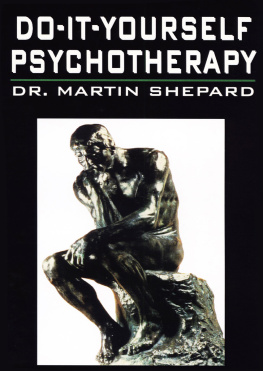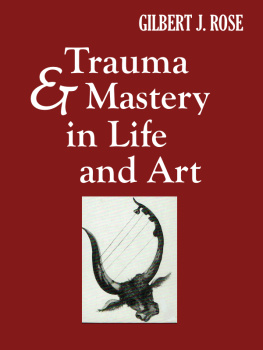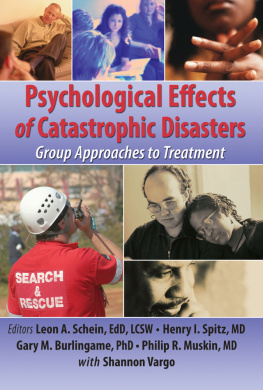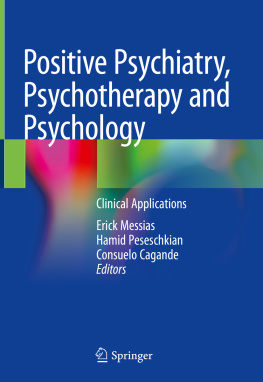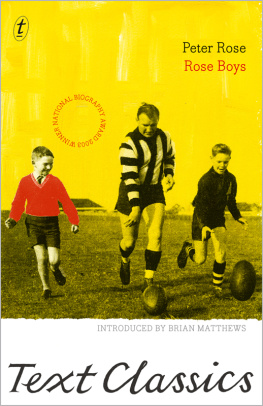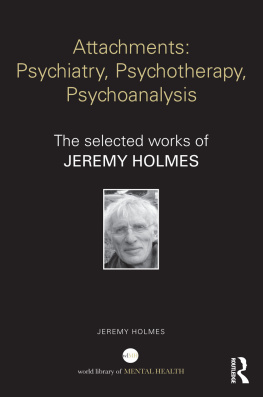To Anne Radden Rose, my wife of 40 years who has been a tower of support and encouragement and to the volunteers of the Focolare Movement who have shared the journey through the second half of my life. Finally, I dedicate this book to my patients who have helped make me who I am today.
Copyright Information
Norman R Rose 2022
The right of Norman R Rose to be identified as author of this work has been asserted by the author in accordance with sections 77 and 78 of the Copyright, Designs and Patents Act 1988.
All rights reserved. No part of this publication may be reproduced, stored in a retrieval system, or transmitted in any form or by any means, electronic, mechanical, photocopying, recording, or otherwise, without the prior permission of the publishers.
Any person who commits any unauthorised act in relation to this publication may be liable to criminal prosecution and civil claims for damages.
All of the events in this memoir are true to the best of authors memory. The views expressed in this memoir are solely those of the author.
A CIP catalogue record for this title is available from the British Library.
ISBN 9781398422483 (Paperback)
ISBN 9781398422490 (ePub e-book)
www.austinmacauley.com
First Published 2022
Austin Macauley Publishers Ltd
1 Canada Square
Canary Wharf
London
E14 5AA
We, too, once we put our lives on course with Gods will, often discover that golden thread as Chiara calls it, that the presence of Gods providential love that runs through the events of our lives and gives new meaning to our past, present and future, bringing healing and wellness and salvation.
Introduction to Rays by Chiara Lubich, New City Press
Beginnings
My mother was born in 1909 in a small village in what is now the Ukraine as one of 14 children to Nachum Reuven Jacobson and Luba Schemolinski. My maternal grandfather also had two daughters and one son to Vilna, his first wife. At the age of 37 years, he married Luba, my grandmother when she was 16 years old. Shmuel Schemolinski, Lubas father, who was my great-grandfather lived until he was 104 years old. My mother lived to 94 and many of her siblings also lived into their late eighties and early 90s.
The familys village was called Heidelberg because the people there had originally come from Heidelberg in Germany. There were 39 Jewish families in Heidelberg. Abram, my mothers eldest brother went missing as a soldier in the Russian army during World War 1. After Abram, Yella, Chaya, Fenya, Israel. Riva, Vera, Vova, and Zunia (Harry) were born. My mother, Hannah, was the tenth child born to my grandmother. Then in order Fay, Isaac (Jack) and the twins, Moseh and Sorella, were born. Sorella died shortly after birth. No difference was made between the children of the two marriages. A small store was attached from which the family sold groceries such as Russian sweet bagels and kerosene.
Nachum Jacobson went around other villages, selling drapery, meat and food from his horse and cart. He was often away for two or three weeks at a time. The family was self-sufficient, growing their own beetroots, carrots, cabbages and watermelons. They also made verenya, a cherry-jam-like substance, which was taken in black tea. They kept chickens, geese and ducks. They had cows from which milk, butter and sour milk (leben) were made. The shochet (religious slaughter man) of the shtetl (village) ritually killed the animals and fowls. The feathers of the chickens were stripped and cleaned and then used to make pillows and mattresses. The house was made of mud bricks and the floor, which was made of earth, was regularly raked. The fireplace was in the centre of the room and had a big chimney. This kept the rest of the room warm in winter. They also had an open fire in the kitchen that was fed with straw. There were beds only for the older ones while the younger children slept on feather mattresses on the ground. There was a table and a few chairs. For toilets, a hole was dug in the ground outside and covered with earth and planks. If they wanted to give a message to someone, they either had to walk or go by horse and cart.
When she was two years old, my mother was kidnapped by gypsies but the family found her on the next day after someone had run to tell her parents.
During the violent and unstable aftermath of the Bolshevik revolution when the Red Army, the White Army who were fighting the revolution and the Cossacks were still continuously raiding villages. My grandfather took many of the family to Tokmak by horse and cart to escape the raiders.
At about this time like other younger siblings my mother at the age of about eight years was farmed out to older sisters so she came to stay with her sister Yella who had married Abram Smorgon, a first cousin and the youngest of the Smorgon brothers who migrated to Australia in the 1920s. My mother never saw her parents again as Yella and Abram Smorgon lived many miles away in Mariupol on the Sea of Azov where the family had a tannery. My mother was about 11 years of age when she was informed that her parents had died within weeks of each other. My grandfather was by then 70 years of age. My grandmother died from typhus at the age of 49. The only photograph I have seen of either of my maternal grandparents was one of my grandmothers lying in her coffin. My mother was unable to attend either of their funerals but Yella and Abram went as did Vera and Israel.
My mothers childhood and adolescent life were difficult in many other ways. When Yella was away, Abram would beat her. She was also treated as a Cinderella in their household. She recalled that they were well off because their house had a wooden floor whereas many others had dirt floors. During a terrible famine, my mother saw dead bodies on the street. Because the family had food, they would invite friend and relatives for meals behind closed shutters and then swear them to secrecy about the food in the house. On another occasion, she was bitten by a dog with rabies after which she had to be taken to a hospital in a bigger city to have multiple injections into her belly over a period of many months, which undoubtedly saved her life. She said that when she was in the hospital ward, she would hear rabies patients barking like dogs.
She came to Melbourne by boat with her sister, Vera, and members of the Smorgon family in 1927 just before the Soviet Union stopped people from leaving its borders. In all, starting in 1925 the family of my Uncle Sim Hain, who had married my mothers sister, Vera, brought forty families, made up of close relatives to Australia from the Ukraine. I believe that my mother never accepted or came to terms with her childhood abandonment and early life difficulties. A female member of the Smorgon family, Dr Dora Brodski returned to the Soviet Union in the 1930s, disappeared and then possibly perished in the gulag or in the holocaust. Eventually the Smorgons became one of Australias richest families.



